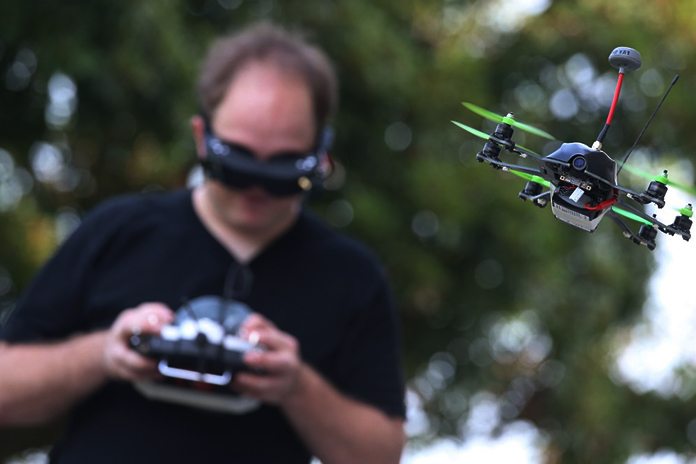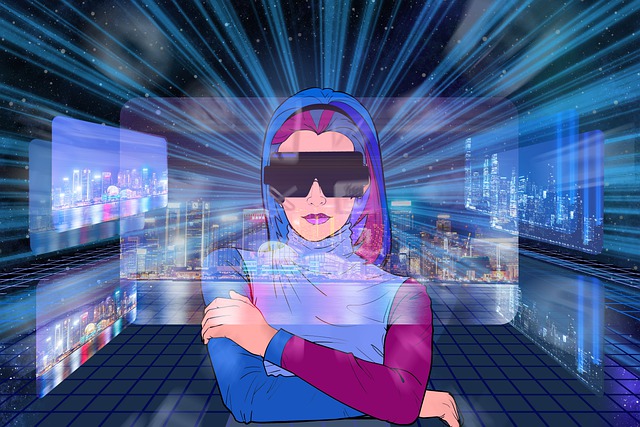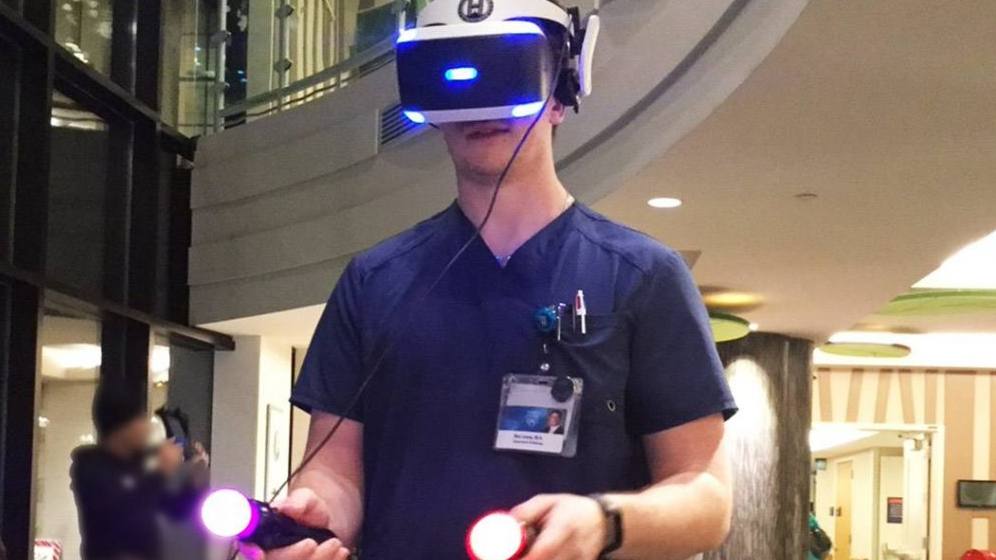
In the fast-evolving world of virtual reality gaming, success hinges upon a seamless integration of various aspects.
This article delves into the six crucial pillars that underpin VR gaming development: design, programming, art, sound, testing, and marketing.
From conceptualizing immersive experiences to crafting intricate code, from creating stunning visuals to engineering captivating audio, from rigorous testing to strategic promotional efforts, each facet plays a pivotal role in delivering a truly immersive and unforgettable virtual reality experience.
VR Game Design
The design of a VR game is a critical component that shapes the overall immersive experience for players.
VR game design involves the creation and implementation of various elements such as mechanics and user experience.
VR game mechanics refer to the rules, interactions, and systems within the game that govern player actions and behavior. These mechanics can range from locomotion systems to combat mechanics and puzzle-solving mechanisms. The goal of VR game mechanics is to create a seamless and intuitive gameplay experience that allows players to fully engage with the virtual environment.
On the other hand, VR game user experience focuses on enhancing player immersion and satisfaction. This includes considerations such as intuitive controls, comfortable movement, realistic graphics, and immersive audio.

VR Game Programming
One crucial aspect in VR gaming development is the programming of VR games. VR game programming involves creating the code that brings virtual reality experiences to life. This includes implementing VR game mechanics, such as player movement and interaction with the virtual environment. Additionally, programmers must ensure smooth performance and optimize the game for different VR platforms.
Another important aspect of VR game programming is the development of AI-generated NPCs (non-playable characters). These NPCs add depth and immersion to the virtual world by providing realistic interactions and challenges for the player. AI algorithms are used to create intelligent behaviors and decision-making for these virtual characters.
VR game programmers must also consider the unique challenges posed by virtual reality, such as motion sickness and latency issues. These challenges require careful optimization and testing to ensure a comfortable and immersive experience for players.
VR Game Art
VR game art plays a crucial role in the immersive visual experience of virtual reality gaming. It encompasses various elements such as character design, environment creation, animation, and visual effects.
The primary goal of VR game art is to create immersive environments that transport players into virtual worlds. This is achieved through the use of high-quality textures, lighting, and realistic 3D models.
Visual storytelling is another key aspect of VR game art, as it allows developers to convey narratives and emotions through visuals and aesthetics. By carefully crafting the art assets, developers can enhance the player's sense of presence and engagement within the virtual world.
Creating visually stunning and cohesive art assets is essential to ensure a seamless and captivating VR gaming experience.

VR Game Sound
Sound design is an integral component of creating an immersive virtual reality gaming experience. Virtual reality sound design goes beyond traditional audio techniques to provide a sense of presence and immersion for players.
Immersive audio is crucial in VR gaming as it enhances the overall gameplay experience and creates a realistic environment. The sound design in VR games involves creating 3D audio that accurately reflects the player's position and movement within the virtual world. This includes using binaural audio techniques to simulate sound localization and spatialization.
Additionally, environmental sounds, character voices, and music play a vital role in creating an immersive experience. Virtual reality sound design requires careful attention to detail, as even subtle audio cues can greatly enhance the player's sense of presence and engagement.
VR Game Testing
Testing is a critical phase in the development of virtual reality games, ensuring the functionality, performance, and overall quality of the gaming experience.
User testing plays a crucial role in this process, as it involves real users playing the game and providing feedback on their experience. This allows developers to identify any issues or areas for improvement in gameplay, controls, immersion, and user interface.
Additionally, bug reporting is an essential aspect of VR game testing, as it involves identifying and documenting any software defects or glitches that may affect the gameplay or user experience. These bugs are then reported to the development team, who can address them through debugging and software updates.
VR Game Marketing
One crucial aspect of VR game development is the strategic marketing of the game. Effective VR game promotion plays a vital role in reaching the target audience and generating interest in the virtual reality experience.

To ensure successful marketing, developers must first identify the right audience for their VR game. Understanding the demographics, interests, and preferences of potential players is essential for crafting compelling marketing campaigns. By targeting the right audience, developers can tailor their promotional efforts to resonate with the intended players, increasing the chances of successful engagement and conversion.
Additionally, developers should leverage various marketing channels such as social media, influencer partnerships, and targeted advertising to maximize exposure and attract potential players to their VR game.
With an effective marketing strategy in place, developers can maximize the reach and impact of their VR game, fostering its success in the competitive gaming market.
Frequently Asked Questions
What Is the Best Software to Use for VR Game Design?
When it comes to VR game design software, two popular choices are Unity and Unreal Engine. Both options offer powerful tools and features for creating immersive virtual reality experiences, but the best choice depends on the specific needs and preferences of the developer.
Optimizing performance in VR game programming involves several crucial steps. These include efficient resource management, minimizing rendering overhead, optimizing code, implementing level of detail techniques, and utilizing hardware-specific optimizations.
Creating realistic VR game art requires a combination of techniques and tools. Detailed textures can be achieved through the use of software like Substance Painter, while photogrammetry can be employed to capture real-world objects for accurate representation in the virtual environment.
How Can I Create Immersive and Spatial Audio Experiences in My VR Game?
Creating immersive and spatial audio experiences in VR games involves creating interactive soundscapes and implementing directional audio. This enhances the sense of presence and realism, allowing players to fully immerse themselves in the virtual environment.

What Are the Common Challenges Faced During VR Game Testing and How Can They Be Overcome?
During VR game testing, common challenges include hardware compatibility, motion sickness, and user experience issues. These challenges can be overcome by conducting extensive testing, optimizing performance, iterating on design, and gathering user feedback for improvements.
 Business & FinanceHealth & MedicineTechnologyLifestyle & CultureScience & EnvironmentWorld NewsPrivacy PolicyTerms And Conditions
Business & FinanceHealth & MedicineTechnologyLifestyle & CultureScience & EnvironmentWorld NewsPrivacy PolicyTerms And Conditions
